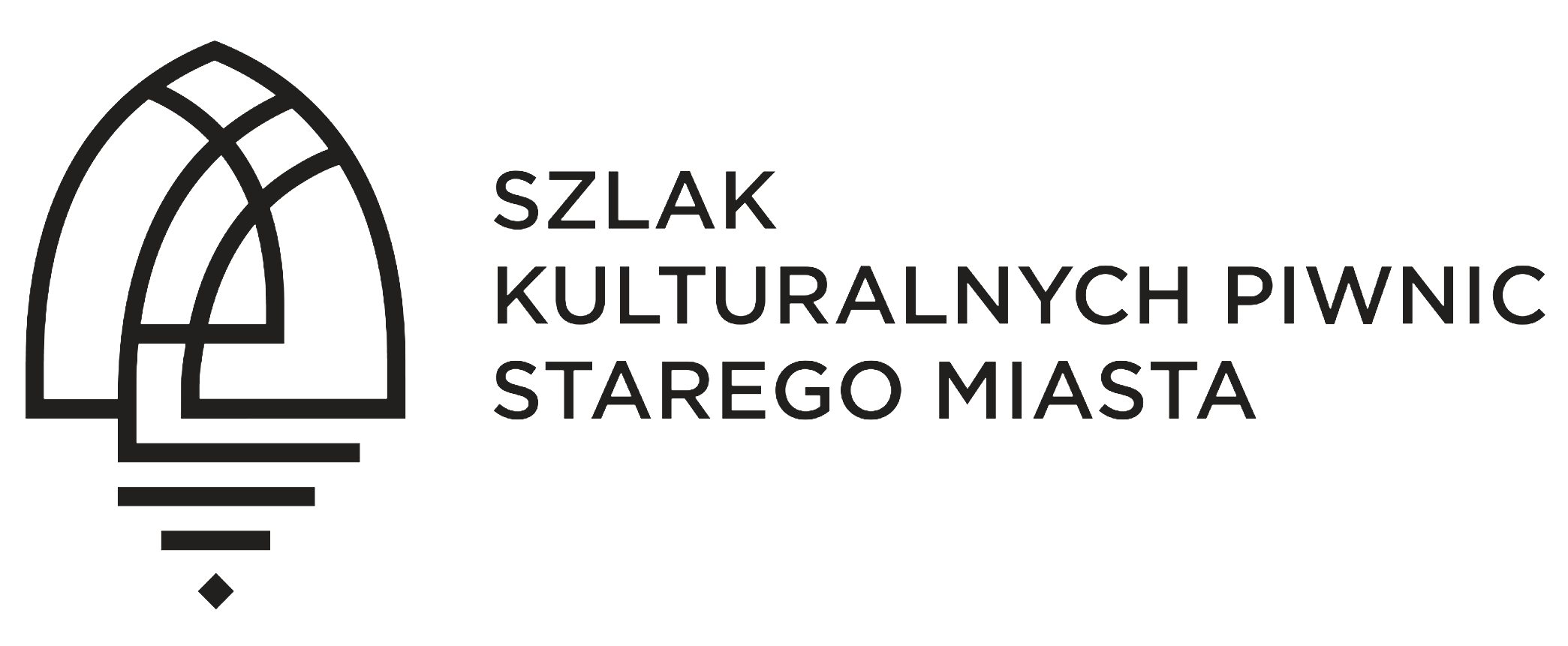Due to the large scope and cost of construction and maintenance works, it was assumed that their implementation would be co-founded from the EU. The application was submitted for funds from the Norwegian Financial Mechanism within the Financial Mechanism of the European Economic Area (EEA).
Five townhouse complexes managed by the institutions of Capital City Warsaw were selected for the renovation. For each of them, a separate utility program was created in collaboration with the managing body.
For townhouses on Dekert’s Side of the Old Town Market Place nos. 28-42 and townhouses at 4, 6, 8 Nowomiejska street belonging to the Historical Museum of the City of Warsaw, the creation of the exhibition rooms was planned on the basement level – 1 and – 2 with three lifts for the disabled, locker rooms and toilets for visitors.
Former boiler house at 11/13 Brzozowa Street was repurposed for the Interpretation Centre of Warsaw’s Historic Old Town. With tourist information centre, screening room and exhibition halls presenting a permanent exhibition showing the history of the Old Town and the destruction of war and the process of reconstruction.
In the townhouse at 4 Jezuicka street, which for years has been a seat of the Capital Cultural Education Centre, spaces for educational, artistic and concert activities have been planned along with rehearsal room, theatre for children with actors’ dressing room and foyer, exhibition halls, batik, graphics, and computer photography workshops and literary café.
In the basement of the so-called Old Gunpowder House managed by the Capital Cultural Education Centre at 2 Boleść Street, a decision was made to restore the Kazamaty Stage theatre, build a dressing room for the actors, exhibition halls, workshops and a café with a reading room. In the moat surrounding the bastion, an amphitheatre was designed with a summer stage and the audience.
Finally, for the townhouse no. 2 at the Old Town Square used by the Old Town Culture House, the space for expansion of the activities of the SDK was provided. A literary club with a small room for poetry performances and the adjacent cafe and computer rooms were designed in the basement.
Prior to the planned renovations, Capital Conservator commissioned archaeological research in the locations which enabled such activities. In the gate driveway at 11/13 Brzozowa street, the remains of the defensive wall from the end of the fourteenth century were discovered, surrounding the city from the Vistula escarpment. The find was secured and today it can be seen under the floor of the entrance to the Monument Interpretation Centre. In the Old Market townhouse no. 42, old brick well from the seventeenth century was discovered extending from level -1 to -2, which today has been made available to the public. Four houses further, a relic furnace was encountered, vaulted with segmental arch, which could have served as a fire device, used in the pharmacy laboratory in the seventeenth century. However, the biggest discovery was encountered in the historic basement of the Old Town Market Square 30. It was one of a kind, spectacular treasure containing 1,211 silver coins, among which were: tynfs, orts, szostaks and kreuzers from the years 1623-1707. Coins weighed 4.8 kg, and their then nominal value was 333 Polish zlotys. This find was also exposed to the public at the place of discovery.
The project “Renovation and adaptation for cultural purposes of the Old Town Cellars of Warsaw in the area of entry on the UNESCO World Heritage List” was completed in April 2012. The total value of its implementation was 8 821 960 euros. The costs of EUR 4 471 318 constituted the amount co-financed by the Norwegian Financial Mechanism, and 50% of investment costs was own contribution of the Capital City Warsaw. It is without doubt a unique project, and the resulting Cultural Trail of Old Town Cellars may become the most interesting urban space in which the true history will serve the broadly understood culture, and culture will reap the best of the history.

Support provided by Norway through co-financing from the Norwegian Financial Mechanism
© Warsaw Tourist Office
